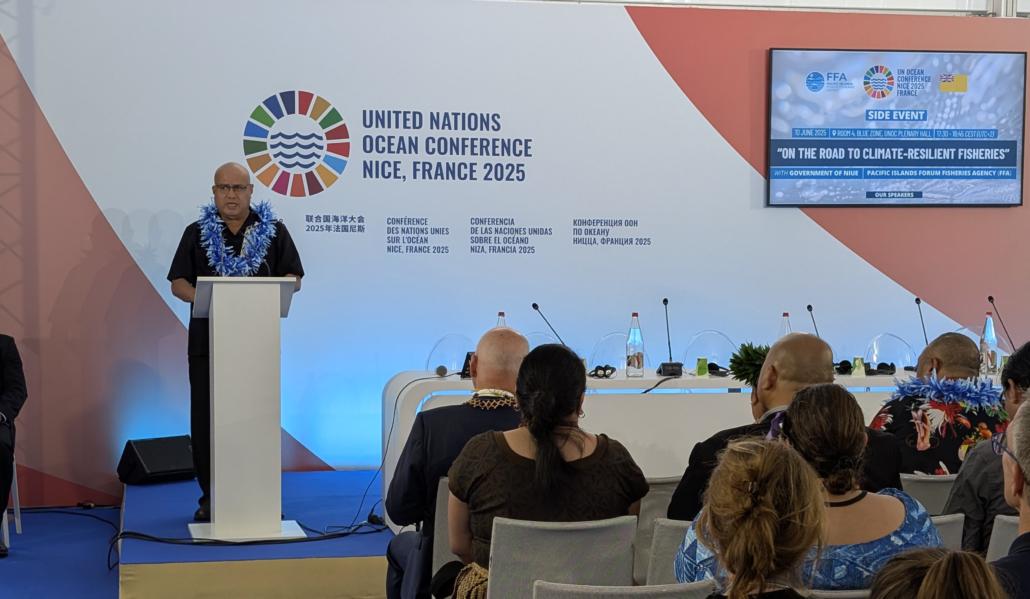
Nice, France (Enmaeya News) — Co-hosted by France and Costa Rica, the 2025 United Nations Ocean Conference (UNOC3) concluded on Friday, June 13, after five days of high-level meetings, drawing more than 60 heads of state and 15,000 participants to the Mediterranean city. The event featured over 450 side gatherings and attracted nearly 100,000 visitors.
The summit culminated in the adoption of the Nice Ocean Action Plan, a two-part outcome that includes the political declaration “Our Ocean, Our Future: United for Urgent Action” and over 800 voluntary commitments from governments, scientists, and civil society groups.
Headline Achievements
Nice Ocean Action Plan adopted by 170 countries
The declaration calls for stronger regulations of the high seas, faster expansion of marine protected areas, and increased financing for vulnerable coastal states.
The Marine Biodiversity Treaty (BBNJ Agreement)
Nineteen countries completed ratification of the High Seas Treaty in Nice, bringing the total to 50 out of the 60 needed for it to enter into force. This milestone sets the stage for activation of the treaty in early 2026.
€1 billion EU investment
The European Union pledged €1 billion in funding for ocean science, marine conservation, and sustainable fisheries. Germany announced an additional €100 million to remove WWII-era munitions, while New Zealand pledged USD 52 million to support Pacific Ocean governance.
French Polynesia becomes world’s largest marine protected area
French Polynesia announced it would designate its entire exclusive economic zone (nearly 5 million square kilometers) as a marine protected area (MPA). Spain declared five new MPAs, while Fiji added five more ocean reserves, advancing toward the global 30×30 conservation goal.
Ocean finance and technological investment
Delegates endorsed the creation of a “One Ocean Finance Facility” to streamline access to blue economy resources, particularly for small island and coastal nations. The EU showcased its new digital-twin ocean model and artificial intelligence tools to monitor fisheries, detect illegal activity, and guide ecosystem restoration. Plans were unveiled for satellite patrol networks and rapid-response legal teams aimed at combating illegal fishing on the high seas.
Bottom Line
UNOC3 concluded with a unified political declaration, a clear roadmap for continued action, and billions in new commitments. The next challenge is to secure the final 10 ratifications needed for the High Seas Treaty by January 2026 and ensure that these promises lead to tangible progress—measured not by declarations on the Riviera, but by enforcement on the open seas.



